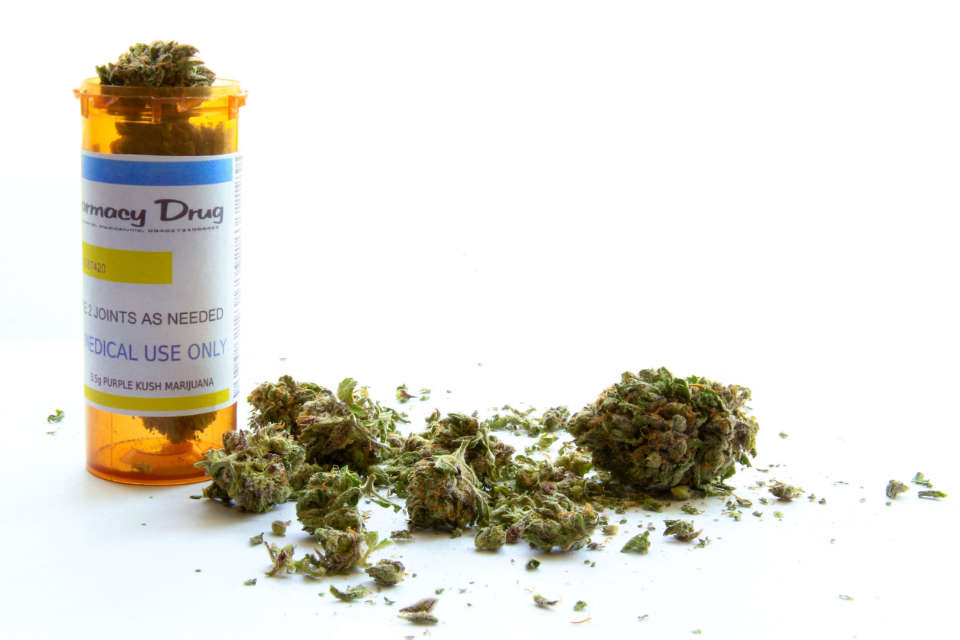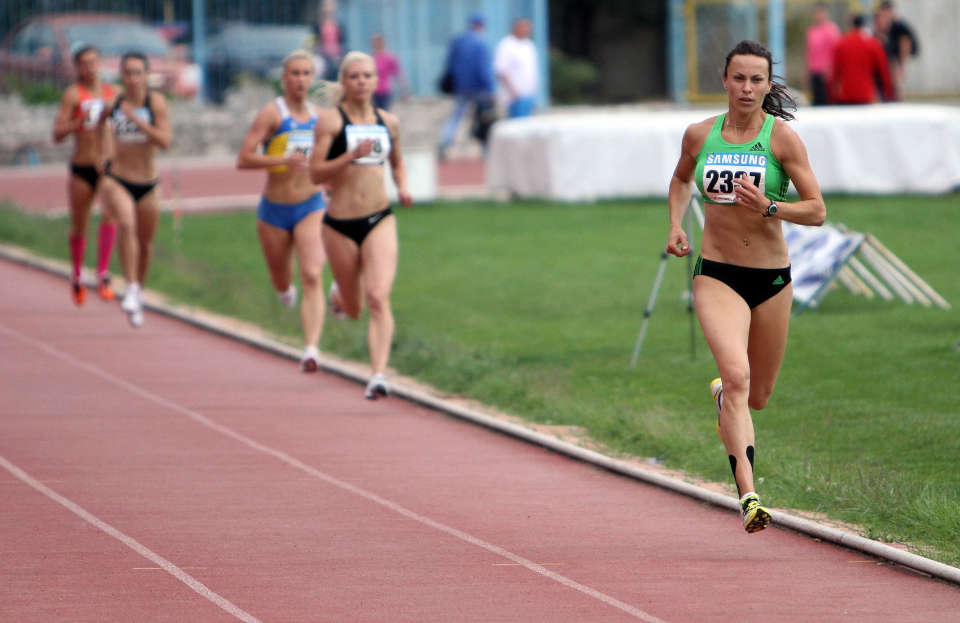It’s 2014, just a few short days after Independence Day, and Ms. Deb Green is about to make history by purchasing the first legal gram of marijuana in the city of Seattle. Now if you’re conjuring up an image of a long-haired hippie pothead in her mid-twenties wearing a boho skirt, aviators and a bandana, you’re likely not alone, yet completely mistaken.
Deb is a 65-year-old grandmother who has come a day early to camp in front of the doors of the soon-to be-opened cannabis-selling establishment. And most importantly, she is an avid marathon runner.
Despite the stereotypes that still dwell in the grand scheme of things, the perception of cannabis users is slowly shifting towards a more open-minded, forgiving acceptance. This is mostly due to the fact that this subgroup of marijuana-supporters is now represented not by the slob and sloth you previously imagined, but by the athlete that brings a whole new dimension of a runner’s high to light.
High principles
The notion is far from new in the world of running enthusiasts, yet it still remains somewhat of a mystery. Those who take part in long-distance running and agonizingly challenging competition preparations know just how severe those muscle spasms, joint aches and nausea can get. And so our brains seem to have devised a clever pain-neutralizing gimmick adeptly named the runner’s high in the form of endorphins and endocannabinoids overflowing your body to mask the discomfort.
Although studies still remain in their infancy due to legal prohibitions, several discoveries have emerged as a result of the most recent efforts to understand the interaction of our brains, endocannabinoids and their plant-derived counterparts. This trail-blazing research has shown the incredible potential benefits of cannabis usage for pain and anxiety relief, reducing inflammation, relaxing muscles, promoting bone growth and a whole slew of other health perks – all of which runners have a clear need for.

Running at 4:20
It may seem counterintuitive that any form of marijuana use could ever boost your athletic performance, yet the aforementioned studies remain adamant, not to mention the long-distance runners who are living proof of achieving true runner’s high with proper aid. However, smoking is not an optimal way to reap the rewards, as it can damage your lungs almost as severely as tobacco usage, so runners resort to vaporing, topical oils or edibles.
It has nothing to do with enhancing performance, even though the World Anti-Doping Agency classifies it as such, but preventing and relieving some of the most common every-day hurdles for athletes. According to Rebecca Kelley, cannabis usage helped her achieve better marathon time and recover faster, while an occasional pre-run snack did wonders for her motivation and immersing herself into the euphoric bliss of the running thrill.
This, coming from a woman who has conquered six marathons and two Ironman triathlons in addition to a myriad of other races in a period of less than a decade. Still not impressed? How about Avery Collins with no less than 30 ultramarathons behind him and a 65-hour-win for the Rocky Mountains race – he is the epitome of the love for running, and he respects the WADA rules on not running high, but it doesn’t prevent him from enjoying the practice in his spare time and outside competitions.

The green light
Experts in the field still urge caution, as the knowledge we have thus far still indicates potential side-effects if any strain is used in improper amounts. A common issue among beginner sports enthusiasts could be an elevated heart-rate, which can cause drowsiness or sudden spikes in blood pressure, all of which can be risky for elderly runners and those with underlying cardiovascular conditions.
Various strains can have different effects on different people, so while one may feel relaxed and anxiety-free for their arduous run, another can end up with a prominent feeling of paranoia and the complete opposite of relaxation. Further research is needed to understand just how often, how much and simply how an athlete can make use of cannabis products to eliminate the risks and keep the perks.
Finally, the controversy remains a burning issue especially for competitive athletes out there, who mostly remain discrete about their cannabis use, since it’s mostly frowned upon by anyone outside the pot-friendly circles.
But in the light of these discoveries, the NCAA, the WADA and other organisations strive to at least become more lenient in their policies regarding marijuana to enable athletes a broader window of use without compromising their participation in competitions.
Perhaps we’re even looking at regulating marijuana as an accepted, healthy alternative to pain killers so many athletes need to cope with. Some would say, it’s high time.





